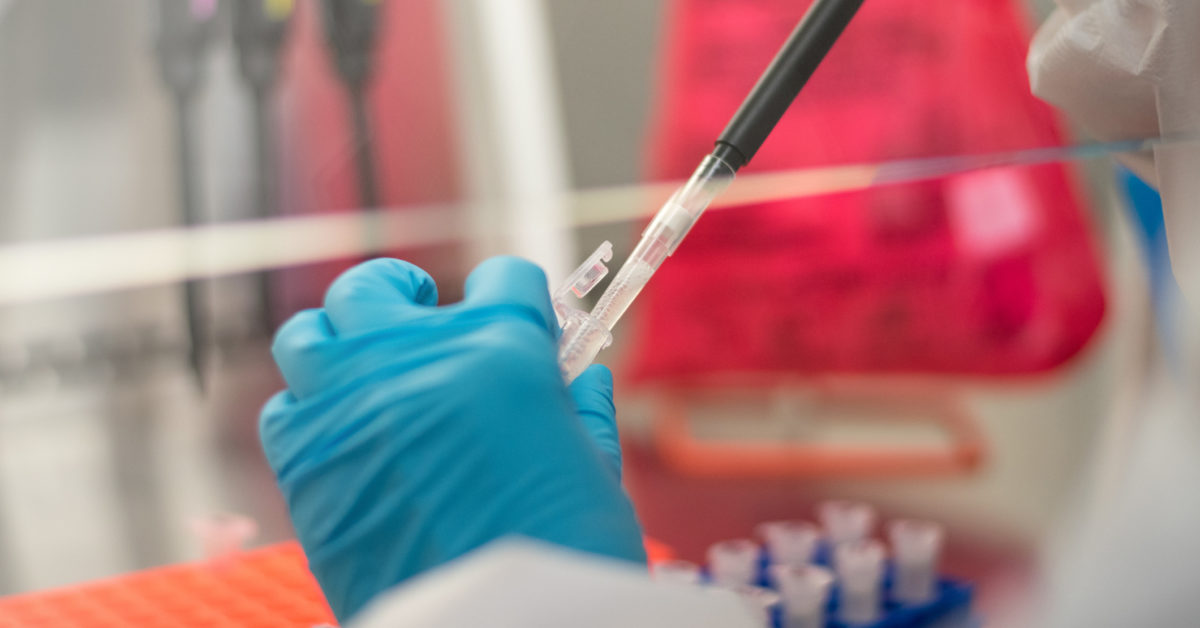A new study suggests that SARS-CoV-2, the virus that causes COVID-19, is most likely to target specific cells present in the nasal passages, lungs, and small intestine.

A new study by researchers from the Massachusetts Institute of Technology (MIT) and Harvard University, both in Cambridge, MA — alongside colleagues from other institutions — may have pinpointed the cells that SARS-CoV-2 primarily targets in the human body.
The study — the findings of which will soon appear in the journal Cell — built on existing investigations showing that SARS-CoV-2 uses two proteins that act as receptors to invade host cells and replicate. These proteins are angiotensin-converting enzyme 2 (ACE2) and transmembrane protease serine 2 (TMPRSS2).
The researchers wanted to find out which cells in the human body express these proteins, and they focused on sets of cells in the nasal passages, lungs, and small intestine. This was because people with COVID-19 most often experience respiratory and digestive symptoms.
“As soon as we realized that the role of these proteins had been biochemically confirmed,” says study co-author Jose Ordovas-Montanes, Ph.D., “we started looking to see where those genes were in our existing datasets.”
“We were really in a good position to start to investigate which are the cells that this virus might actually target,” he adds.
“Our goal is to get information out to the community and to share data as soon as is humanly possible, so that we can help accelerate ongoing efforts in the scientific and medical communities,” adds study co-author Prof. Alex Shalek, from MIT.
The researchers used existing information to inform their study and help them pick the tissues that they then analyzed and experimented with.
“Because we have this incredible repository of information, we were able to begin to look at what would be likely target cells for infection,” says Prof. Shalek.
“Even though these datas

